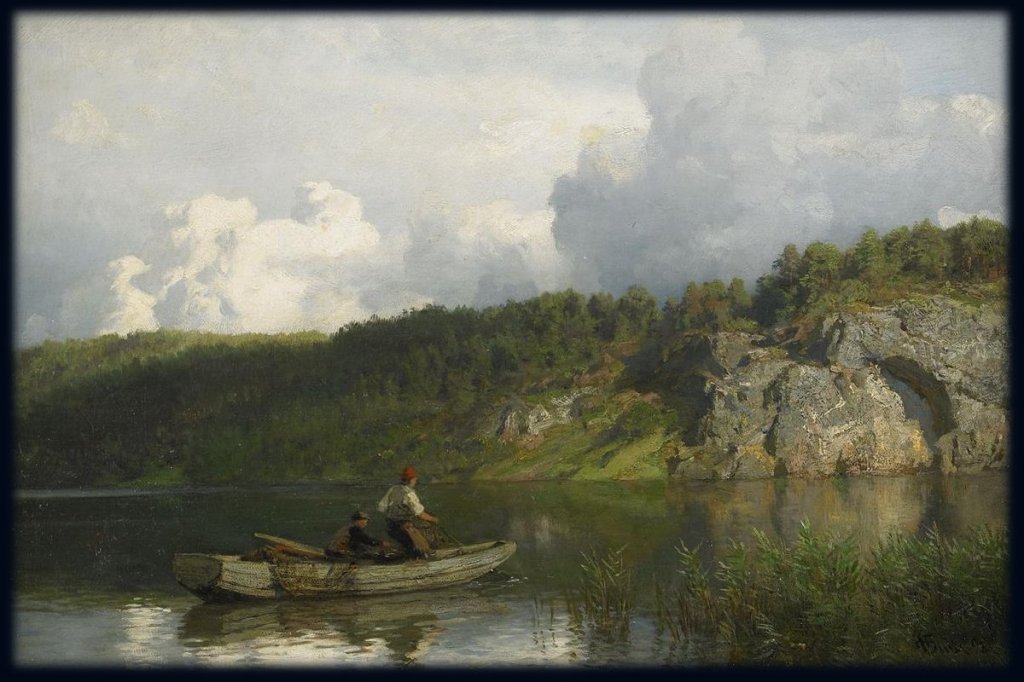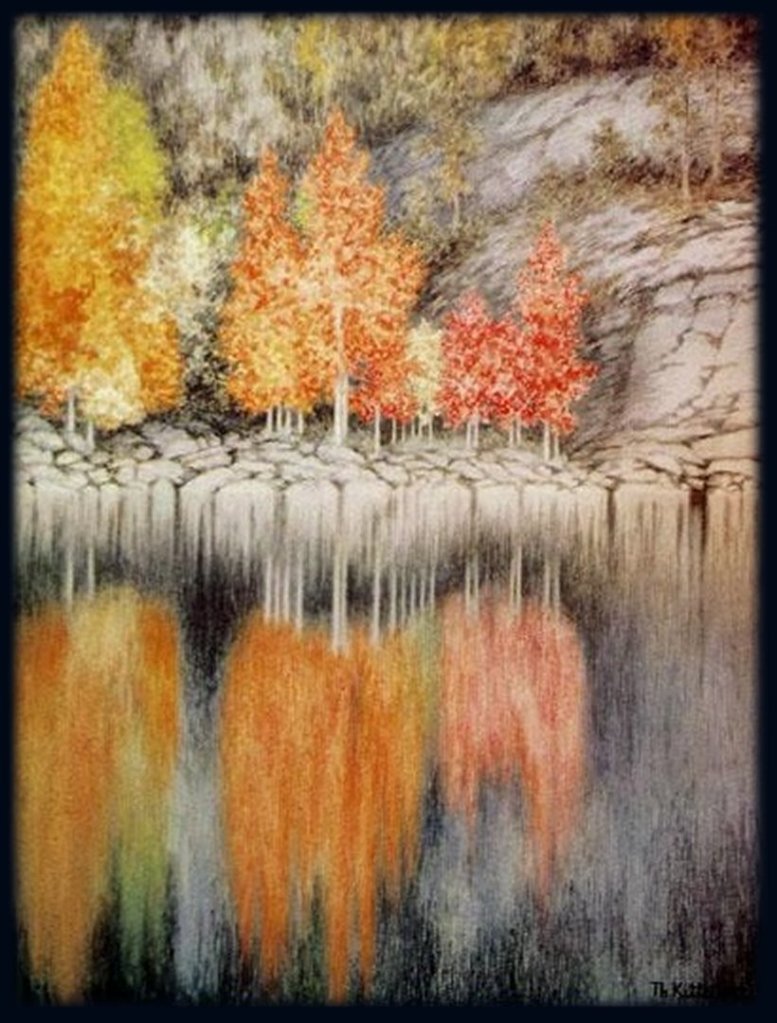KJETIL HAULED BIRCH SAPLINGS down the steep trail to the lake. “You owe me an explanation,” he called to his friend, who bent over another pile of staves, already stripped of twigs and leaves.
Anstein leaped up. “Ah, you got my message. I knew I could count on your help.”
Kjetil dumped his burden, looked from the birch rods to the rowboat drawn up on the shingle, to ominously still water. “What is this? Another crazy scheme to cross the lake? Just saddle your horse and take the trails around.”
“I saddled up this morning all right, but rode into the mountains instead. All the way to Old Hæge’s hut.”
Kjetil snorted. “Did you tell the wisewoman why you want to cross the lake every other day?”
“Wasn’t going to, but she guessed.” Anstein’s ears turned red. “She laughed at first, but took pity on me. Said nothing should stand in the way of true love.”
“These birch rods. How are they supposed to save you from the lake serpent?”
“She told me to sharpen both ends and bundle them up loosely. If the serpent comes after us, we cast the bundles out. And then we—”
“We? Us?”
“Then we row like mad for the south shore.”
Kjetil shook his head. “Then you row like mad. I’ll sit here watching, and sing your lament.”
“When has the wisewoman’s advice ever gone wrong?” Whistling a love song Anstein went back to sharpening the rods, ignoring Kjetil’s arguments. “I’m going with or without you. I have full confidence in Old Hæge.”
Kjetil watched, scowling, as Anstein lashed the rods in two loose bundles, stowed them, and dragged the rowboat down the shingle. Kjetil groaned in disgust and went to join him. “I’m going to regret this,” he muttered as he helped shove off. He took an oar.

They rowed as quietly as possible, glancing in all directions. Halfway across the long narrow fjord, Kjetil lurched, staring back north, the way they’d come. A shadow in the water speared toward the boat. “It’s coming!”
Anstein tossed one rod-bundle into the boat’s wake.
Kjetil threw the other.
They took to the oars and rowed like mad.
Where one rod-bundle floated, the water erupted. Through spray, Kjetil saw the decoy snatched by a saber-jawed snout — followed by an evil-eyed skull — and neck — and long sinuous body, arching from the depths and plunging down again.
Lake water rained all around. Waves heaved like rapids. Gasping, Anstein and Kjetil threw their all into the rowing.
The monster burst from below again, flailing, thrashing, spewing bloody spittle. It snapped in fury at the second rod-bundle as if it was to blame for the agony. It wheeled about and streaked northeastward through the water. It writhed up the shingle, through scrub and thicket, and vanished into a cleft in the cliff opposite.
Anstein grinned as they rowed the last stretch. “Safe across! Come courting with me. Astrid has a lovely sister.”
“Not on your life!” Kjetil took a seat on a boulder and stared across the waters. “I’m watching that cave. When the beast comes out, someone needs to raise the alarm.”
“I can always count on you.” Anstein strode up the steep trail, his whistle pealing a love song over the haunted lake.

Folktale from Kviteseid, Telemark, Norway, about the serpent in Lake Kviteseidvatn. It is said the serpent (or orm) never emerged from its lair (or far). That hillside has ever since been called Ormfarberg: Serpent-Lair-Mountain.
text: © 2022 Joyce Holt
artwork: 19th century century paintings. Public domain info here.